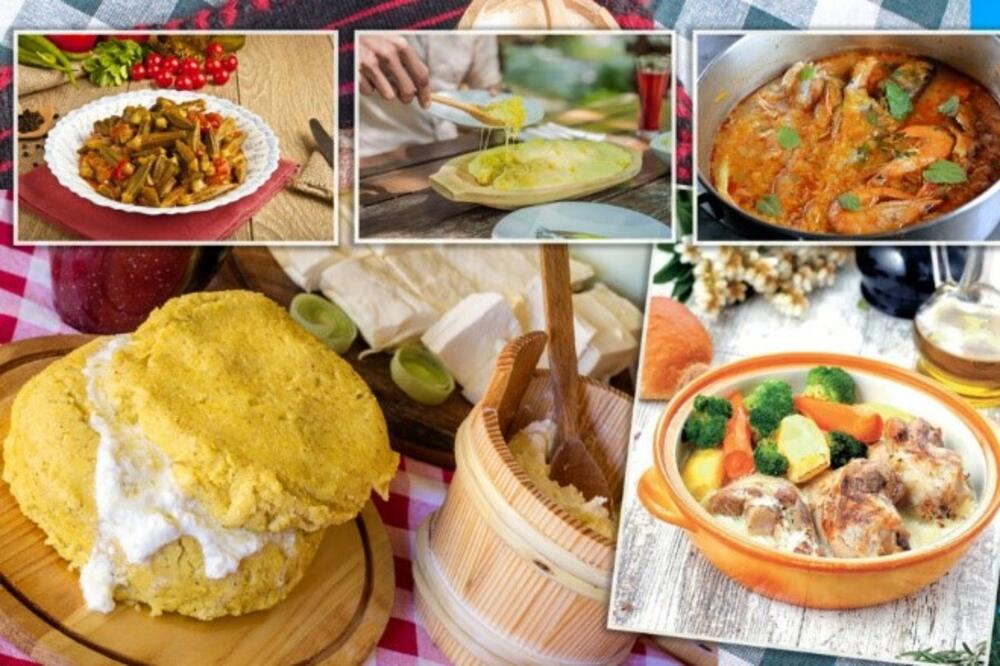What ingredients are commonly used in Montenegrin cuisine?
Common ingredients in Montenegrin cuisine include meat, potatoes, cheese (such as kajmak and feta), vegetables (like tomatoes and peppers), and bread. Local herbs and spices like garlic, paprika, and bay leaves are also commonly used to enhance the flavors of dishes.
Savouring Montenegro: A Glimpse into its Cuisine
Montenegrin cuisine embodies the country's rich history and natural abundance. It is a delightful fusion of flavors, revolving around fresh, locally sourced ingredients. Montenegrin cuisine tells a story and showcases the country's culinary heritage.
Olive oil, essential element, is fundamental in Montenegrin cuisine, reflecting the influence of Mediterranean flavors. Montenegro's olive oil, made from the olives grown along the Adriatic coastline, is renowned for its high quality and distinct taste. It is not only used for cooking but also drizzled over salads, bread, and vegetables, enhancing their natural flavors.
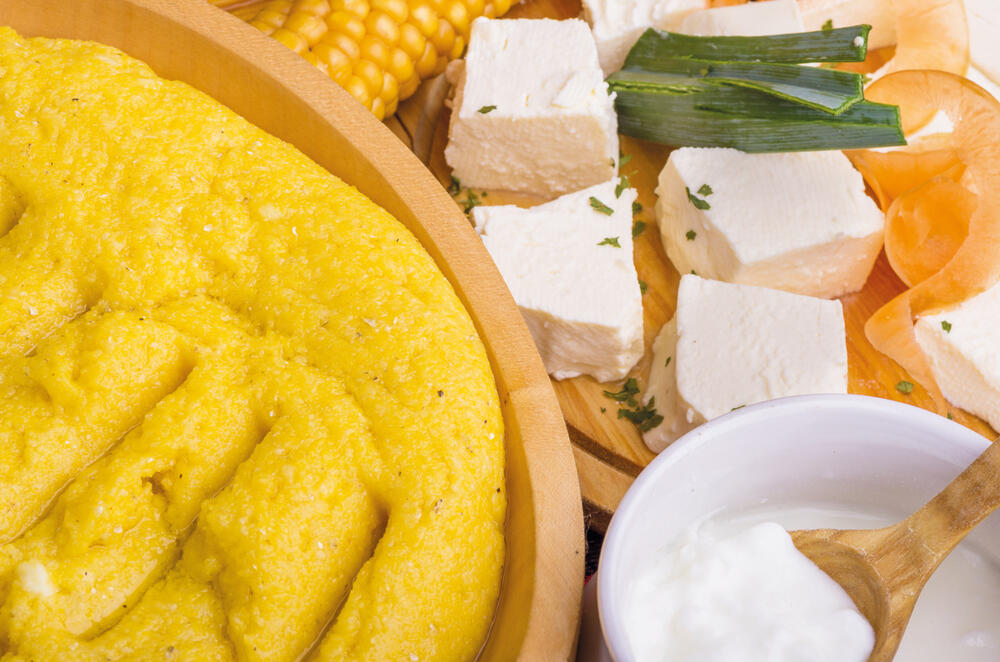
Montenegro cheese, known for its exceptional taste, is an integral part of the country's cuisine. Made from cow, sheep, or goat milk, this cheese is used in a variety of dishes, including kacamak and burek, adding a creamy and savory touch. Its richness and versatility make it a favorite ingredient among both locals and visitors.
The Influence of Mediterranean and Balkan Flavours
Nestled along the Adriatic Sea, Montenegro boasts a cuisine that is heavily influenced by the flavors of the Mediterranean and the Balkan region. From fresh seafood to aromatic olive oil, the coastal regions of Montenegro offer a tantalizing array of flavors.
Fresh vegetables, a staple of Mediterranean cuisine, take center stage in Montenegrin dishes, adding vibrant colors, textures, and nutrients. Locally sourced produce, such as tomatoes, cucumbers, and peppers, are celebrated for their freshness and ability to enhance the flavors of every dish.
Sour cream, often used as a garnish or accompaniment, adds a creamy and tangy element that perfectly complements the rich flavors of Montenegrin cuisine. Whether drizzled over roasted vegetables, served alongside grilled meats, or blended into traditional soups, sour cream adds a delicious touch to every bite.

With its Balkan influence, Montenegrin cuisine also features hearty meat dishes. From ćevapi, a dish made of small grilled sausages, to beef specialties like teletina ispod sača, slow-cooked lamb with root vegetables, the Balkan flavors in Montenegro bring warmth and comfort to the table.
Kickstart Your Day with Montenegrin Breakfast
Kacamak: Montenegro's Staple Porridge

Kacamak is a traditional Montenegrin porridge that embodies comfort food. Made with cornmeal and potatoes, it offers a creamy start to the day. It's served with sour cream and Montenegro cheese for added flavor. Kacamak warms the heart and invigorates the body, symbolizing Montenegrin's resilience against poverty.
Njeguši Prosciutto: The Taste of Tradition
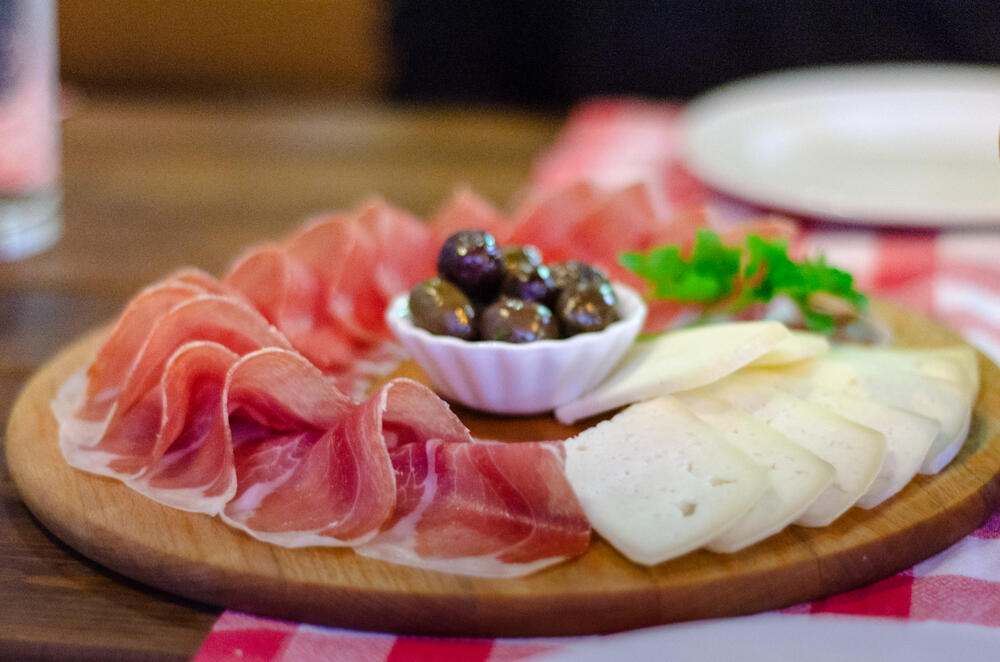
Njeguši Prosciutto is an iconic Montenegrin dish. This traditional cured meat is made by air-drying pig legs from the village of Njeguši. It has a delicious, smoky flavor and perfect saltiness. The recipe has been passed down through generations, preserving its authenticity and quality. Enjoy it on its own, with bread, or in other Montenegrin dishes for a delightful balance of flavors and textures. For a sweet and savory combination, pair it with fresh figs or grapes.
Burek: A Hearty Start to your Day

Burek, a flaky pastry filled with savory ingredients, is a popular choice for a hearty start to your day in Montenegro. This mouthwatering dish has become a staple breakfast item and is readily available at local bakeries. Let's explore why burek is a must-try dish during your Montenegrin breakfast adventure, along with other delicious deserts such as the vanilla-filled Krempita.
- Burek's flaky pastry, reminiscent of layers of phyllo dough, provides a satisfying crispness with each bite.
- The filling options for burek are endless, but meat, cheese and spinach remain the most popular choices, creating a perfect balance of creaminess and earthy flavors.
- Montenegrin bakeries take pride in their burek, ensuring that it is freshly baked and served warm, ready to be enjoyed in all its delicious glory.
- Burek is not just a breakfast dish, it can also be enjoyed as a snack throughout the day, making it a versatile treat for all occasions.
Dive into Montenegrin Dinner Delicacies
Brav u Mlijeku: A Unique Blend of Lamb and Milk
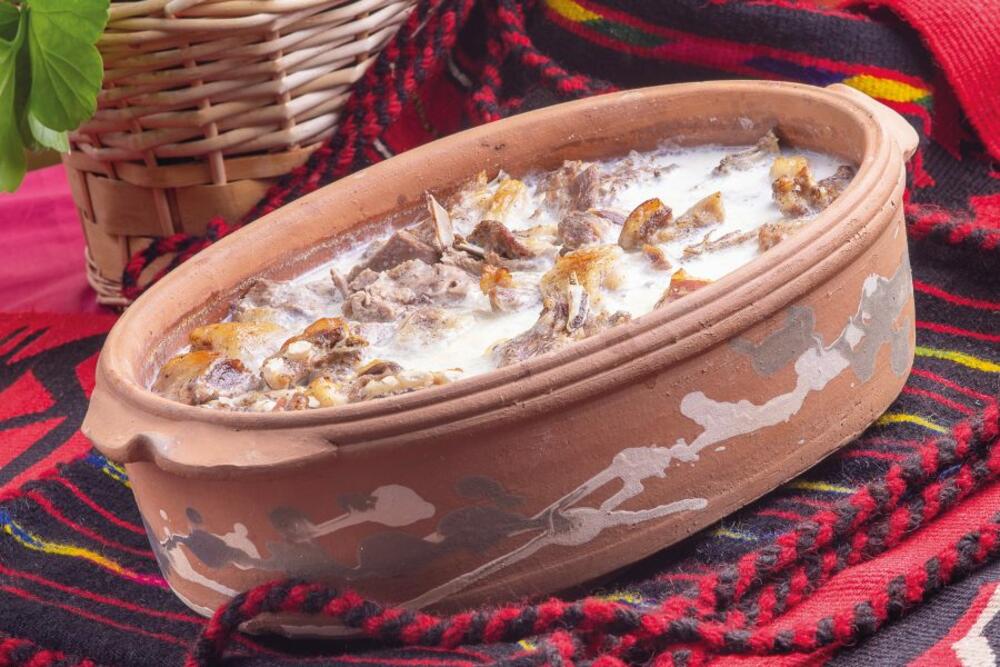
Brav u Mlijeku is a traditional Montenegrin dish known for its tender lamb and rich flavors. The dish is prepared by slow-cooking lamb in sour milk, resulting in soft and succulent meat with a creamy and slightly tangy taste. This delightful combination has been enjoyed by generations in Montenegro, transporting you to cozy kitchens filled with the aroma of slow-cooked lamb.
Crni Rižot: A Seafood Lover's Delight
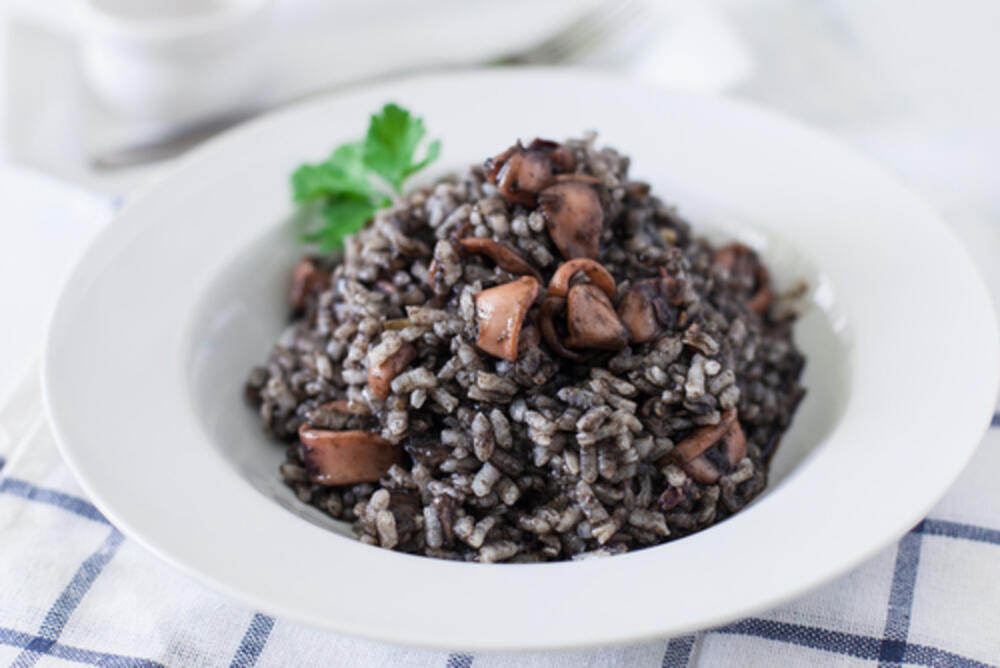
Montenegro offers a seafood delight called Crni Rižot, or black risotto, that is a must-try for seafood enthusiasts. This dish gets its dark hue from squid ink and is infused with a subtle seafood flavor. Made with squid, cuttlefish, and other fresh seafood, it offers a medley of textures and flavors that transport you to the shores of the Adriatic Sea. Each forkful combines the freshness of the sea with perfectly cooked risotto.
Teletina ispod sača: Soulfood experience
Teletina ispod sača is a beloved dish in Montenegro, showcasing their culinary expertise. It involves slow-cooking veal, potatoes, and root vegetables under a dome, infusing the meat with flavors of olive oil, herbs, and vegetables. This dish is commonly enjoyed during celebrations, bringing loved ones together for a memorable dining experience.
Montenegrin Cuisine across Regions
The Coastal Tastes of Montenegro
The coastal regions of Montenegro are famous for their fresh seafood and Mediterranean-inspired dishes. Seafood restaurants offer grilled fish, squid, and mussels drizzled with fine olive oil. Fresh vegetables and aromatic herbs add vibrancy to the flavors. Montenegro is a great destination for experiencing both Montenegrin and Italian cuisines.
Gastronomy in Central Montenegro
In Central Montenegro, you can indulge in a gastronomic experience that showcases fresh produce, dairy, and local ingredients. Start your day with Montenegrin pancakes served with creamy kajmak and feta cheese, or with chocolate cream or jam. You can also try priganice filled with cheese, prosciutto, or jam and honey. As you explore the region's food culture, you'll discover hearty stews like cicvara made with cornmeal, cheese, and vegetables—a nourishing meal that warms both body and soul.
Northern Montenegro: Where Tradition Meets Taste
In northern Montenegro, traditional recipes showcase the region's dairy products and culinary traditions. Sour milk is a staple ingredient, adding creaminess and tanginess to dishes. Renowned Montenegro cheese is a perfect accompaniment. Yogurt is enjoyed as a snack or used in baking. Northern Montenegrin cuisine offers an authentic culinary experience that combines tradition with taste.
Cooking Time: Montenegrin Recipes for You to Try
Immerse yourself in the flavors of Montenegro by trying your hand at some traditional recipes. In this section, we will guide you through the process of making kacamak, the staple porridge, teletina ispod sača, the slow-cooked meat dish, and fish brodet, a delicious seafood stew. Get ready to bring the flavors of Montenegro into your kitchen!
Recipe 1: Making Your Own Kacamak
Kačamak, the beloved staple porridge, is a simple yet flavorful dish that can be prepared in your kitchen. Here's a step-by-step guide to making your kačamak:
- In a pot, bring water to a boil and gradually add cornmeal, stirring continuously to avoid lumps.
- Reduce the heat and continue cooking the mixture, stirring frequently, until it thickens and the cornmeal is fully cooked.
- Add sour milk to the kacamak, a splash at a time, until it reaches your desired consistency and creaminess.
- Season with salt to taste, enhancing the flavors of the cornmeal and sour milk.
- Serve the kacamak in bowls, topped with a generous dollop of sour cream and a sprinkle of montenegro cheese.
- Optionally, you can also add fried bacon or smoked meat for a savory twist.
- Enjoy your homemade kacamak, savoring the true taste of Montenegro in each spoonful.
Recipe 2: The Art of Preparing Meso Ispod Sača
To recreate the flavors of meso ispod sača, the slow-cooked meat dish, in your kitchen, follow these steps:
- Preheat your oven to a low temperature (around 160°C) or prepare a fire pit with coals.
- Season the meat (veal is traditionally used, but lamb can also be used) with salt, pepper, and any other desired herbs or spices.
- In a large oven-safe dish, add olive oil and root vegetables, such as carrots, potatoes, and onions.
- Place the meat on top of the vegetables, covering it with another layer of vegetables.
- Cover the dish tightly with a lid, or create a dome using aluminum foil, ensuring it is sealed well.
- Transfer the dish to the preheated oven or fire pit, and let it slow cook for several hours, until the meat becomes tender and flavorful.
- Just before serving, remove the lid or foil, allowing the meat to brown slightly.
- Serve the meso ispod sača alongside fresh bread, roasted vegetables, and a glass of wine, savoring every bite of this traditional Montenegrin dish.
Recipe 3: Crafting the Perfect Fish Brodet
To create your own delicious fish brodet, a seafood stew, follow these simple steps:
- In a large pot, heat olive oil and add chopped onions, garlic, and fresh herbs, such as rosemary and bay leaves.
- Sauté the ingredients until the onions become translucent and the mixture is fragrant.
- Add diced tomatoes, tomato paste, and white wine, stirring well to combine the flavors.
- Bring the mixture to a gentle simmer, allowing it to cook for a few minutes, to develop the flavors.
- Add a selection of fresh seafood, such as white fish, prawns, mussels, or any other seafood of your choice, into the pot.
- Cover the pot and let the seafood cook gently in the flavorful broth until it is cooked through and tender.
- Season with salt, pepper, and any additional herbs or spices to taste.
- Serve the fish brodet in bowls, accompanied by crusty bread for dipping, and savor the rich and aromatic flavors of this traditional Montenegrin dish.
What's Your Favourite Montenegrin Dish?
As we come to the end of our culinary journey, we would love to hear from you. What is your favorite Montenegrin dish? Whether it's the comforting kacamak, the delightful burek, or the decadent seafood brodet, Montenegro offers a wealth of flavors that cater to every palate. Share your thoughts and experiences with us, and let us know which dish you can't wait to try or recreate in your own kitchen. The beauty of Montenegrin cuisine lies in its ability to transport you to the very heart of this enchanting country, allowing you to savor its rich traditions, unique ingredients, and authentic flavors.
Montenegrin cuisine offers a delightful experience for breakfast and dinner. From the traditional flavors influenced by Mediterranean and Balkan cuisines to the unique dishes found in different regions, there is something to satisfy every palate. Start your day with hearty breakfast options like Kacamak, Njeguši Prosciutto, or Burek. For dinner, indulge in dishes like Brav u Mlijeku, Crni Rižot, or Teletina ispod sača. And if you're feeling adventurous, try your hand at cooking these recipes at home. Montenegrin cuisine truly showcases the rich culinary heritage of the country. So, whether you're a food enthusiast or simply looking to explore new flavors, don't miss out on the delightful delights that Montenegro has to offer.
Bonus video:



